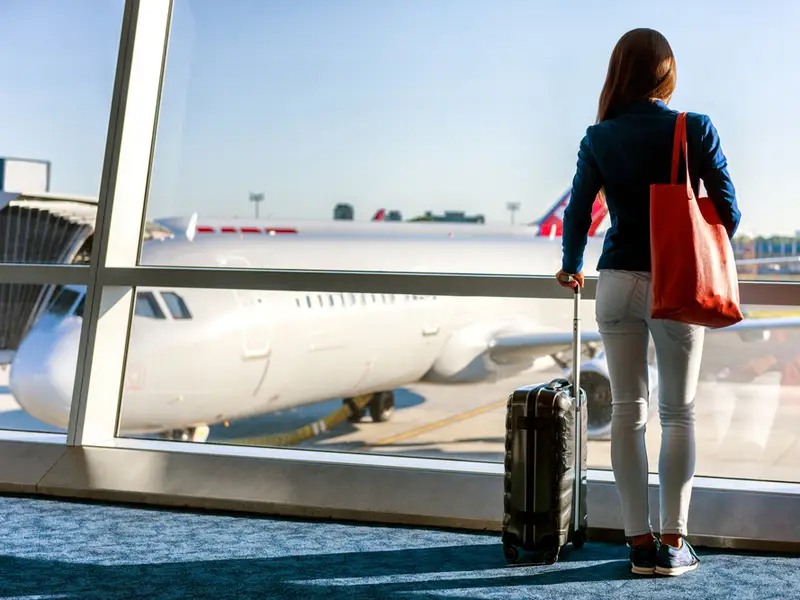Traveling internationally doesn’t have to drain your savings. With smart planning, flexibility, and a few insider tricks, you can explore the world without going broke. Whether it’s a once-in-a-lifetime adventure or your first time abroad, budget travel in 2025 is more accessible than ever. This guide will walk you through every step of planning an affordable, unforgettable international trip.
Choose Budget-Friendly Destinations
Look Beyond the Popular Spots
High-profile destinations can be expensive. Consider places where your currency goes further:
- Southeast Asia: Vietnam, Cambodia, Indonesia
- Eastern Europe: Georgia, Bulgaria, Romania
- Central America: Guatemala, Nicaragua
- South Asia: India, Nepal, Sri Lanka
Travel During Shoulder Season
Avoid peak travel times. Visit just before or after high season (spring or fall) to get lower prices and fewer crowds.
Set a Realistic Travel Budget
Calculate All Major Expenses
Break down your total budget:
- Flights
- Accommodation
- Food
- Transport
- Activities
- Travel insurance
- Emergency funds
Use budgeting apps like Trail Wallet or TravelSpend to track your expenses on the go.
Save Before You Go
Cut back on daily luxuries, eat out less, and create a travel savings account. Automate weekly deposits to make saving easier.
Score Affordable Flights
Use Fare Comparison Websites
Sites like:
- Skyscanner
- Kayak
- Google Flights
Help you find the cheapest routes and dates.
Be Flexible With Dates and Airports
Flying mid-week or during off-hours often results in cheaper fares. Use nearby airports if possible.
Book in Advance
For international trips, book 2–6 months ahead. Set price alerts to monitor deals.
Find Budget Accommodations
Choose Alternatives to Hotels
- Hostels: Affordable and social
- Guesthouses: Homey and budget-friendly
- Airbnb or vacation rentals
- Couchsurfing: Free stays with locals
- Work exchanges: Stay for free in exchange for help
Book Directly or Use Reward Programs
Booking directly through official sites can unlock loyalty points, discounts, or better terms.
Save on Food and Drink
Eat Like a Local
Skip tourist traps. Eat at local food markets, street stalls, or family-run cafes. They’re cheap and authentic.
Cook When You Can
If your accommodation has a kitchen, cook simple meals. Even making your own breakfast saves money.
Refill Water Bottles
Buy a filtered water bottle or use refill stations to avoid constantly buying bottled water.
Use Budget Transportation Options
Go Public
Buses, trains, and metro systems are cheaper and let you experience local life.
Use Rideshare Apps
In some countries, apps like Bolt, Grab, or BlaBlaCar offer better rates than taxis.
Walk or Rent Bikes
Explore city centers on foot or rent a bike to save money and stay fit.
Plan Low-Cost Activities
Look for Free Experiences
- Free walking tours
- Public beaches
- Museums with free entry days
- Local festivals or markets
Buy Attraction Passes
City passes often bundle multiple attractions for a discount. Check if it’s worth it for your schedule.
Limit Expensive Tours
Choose one or two signature experiences, then fill your trip with budget-friendly adventures.
Get Travel Insurance
Protect Your Trip
Affordable travel insurance covers:
- Trip cancellations
- Medical emergencies
- Lost luggage
It may seem like an extra cost, but it can save you from financial disaster.
Final Tips for Budget Travelers
Learn Basic Local Phrases
A few words in the local language can go a long way—and sometimes get you local prices!
Use a No-Fee Travel Card
Avoid foreign transaction fees by using travel-friendly debit or credit cards.
Avoid Airport Exchange Counters
Use ATMs abroad or bring a prepaid travel card for better exchange rates.
Conclusion
Planning an international trip on a budget is all about preparation, awareness, and creativity. From choosing low-cost destinations to finding smart ways to save daily, you can travel the world without overspending. Focus on the experiences, not extravagance—and you’ll return with memories richer than money can buy.
FAQs
What’s the cheapest region to travel to internationally?
Southeast Asia, Eastern Europe, and Central America offer great experiences for low costs.
Is it better to book flights or hotels first?
Book flights first (based on flexible dates), then arrange budget-friendly accommodations.
How do I avoid hidden travel fees?
Read all fine print on bookings, avoid dynamic currency conversions, and check baggage fees.
Can I really travel internationally for under $1,000?
Yes! With budget flights, cheap stays, and local food, you can enjoy a short trip under $1,000.
What’s the most important tip for saving money abroad?
Be flexible—on dates, places, and expectations. Flexibility unlocks the best deals.



